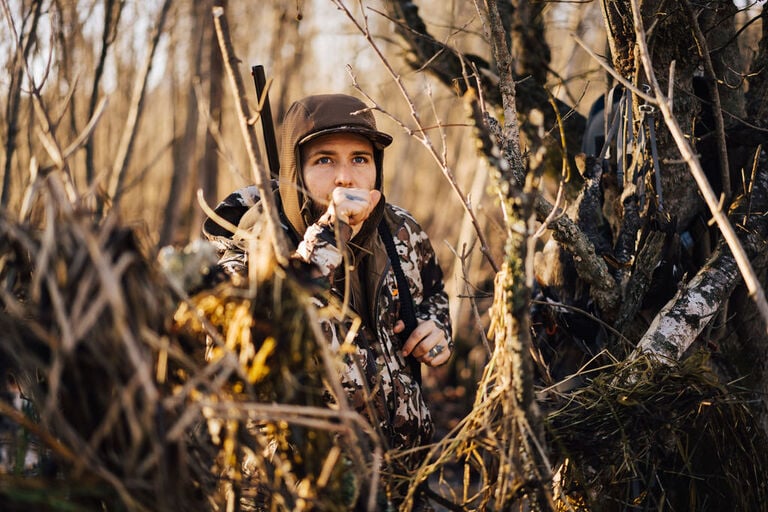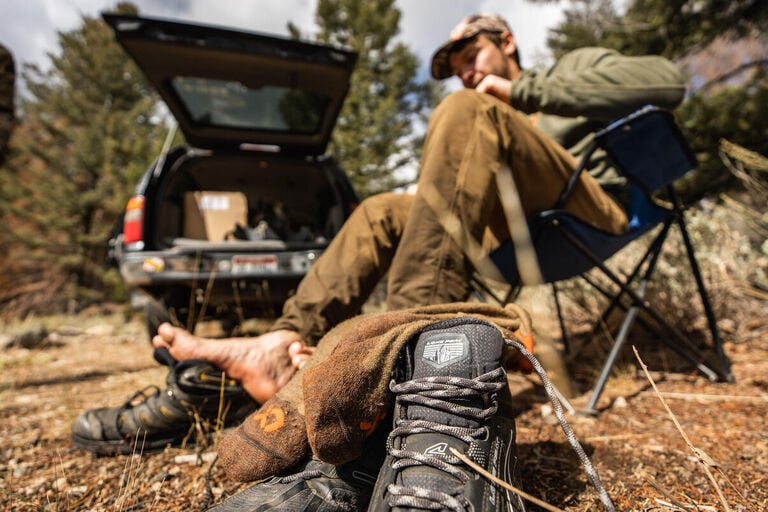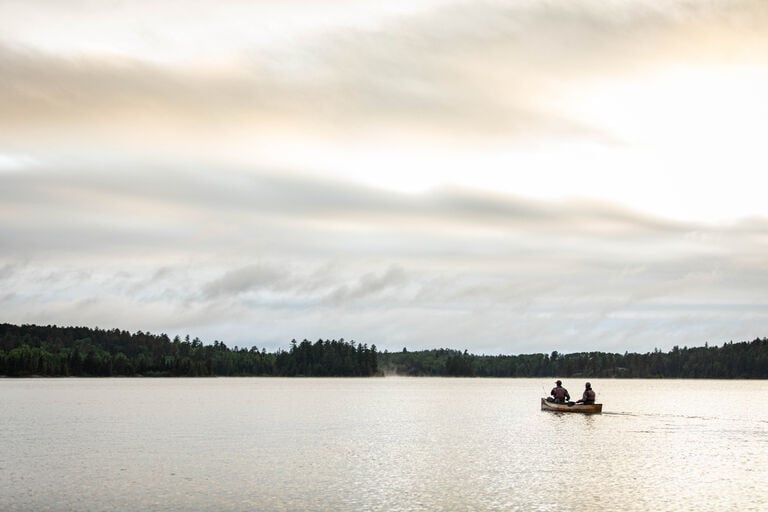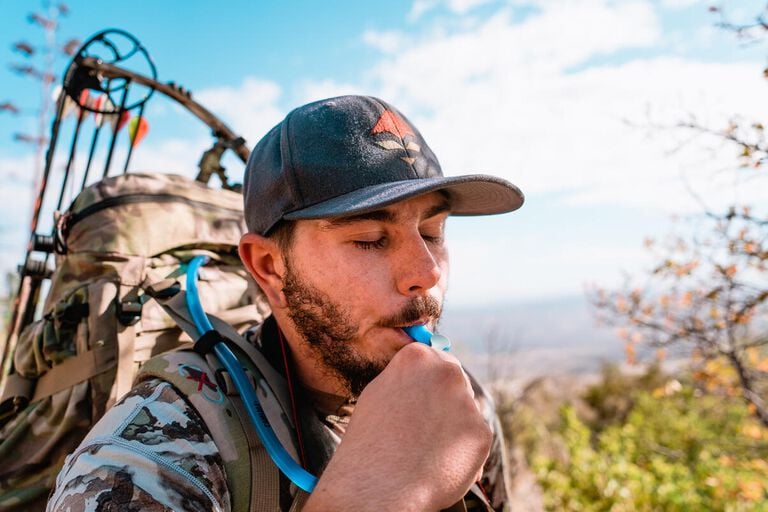Protecting Minnesota's Boundary Waters Wilderness
Posted by Spencer Shaver on August 12, 2020


In the summer of 2020, America has looked to our public land with renewed importance. Across the country we are recognizing the value of our shared public access to these landscapes in a new light. Many of us have long understood their importance to our country and actively pursue efforts to improve that access, as well as the quality of habitat for fish and wildlife that we have access to. As hunters and anglers, we’ve pushed Congress to invest in these lands over and over, by fully funding programs like the Land and Water Conservation Fund through advocacy for the Great American Outdoor Act.
The importance of commitments to conservation like this cannot be overstated. Our country holds in trust some of the most accessible and abundant lands and waters in the world, many of which are open to the public for hunting and fishing. Unfortunately, there are some priority landscapes across the country that haven’t received those same commitments.



Directly upstream of Minnesota’s Boundary Waters Canoe Area Wilderness (BWCA), a foreign mining company is working to permit and construct a copper mine along the South Kawishiwi River, a popular entry into the Wilderness. On June 30, 2020, acting Director of the Bureau of Land Management (BLM), William Perry Pendley, announced BLM’s intent to complete an Environmental Impact Statement (EIS) reviewing the project upstream of the BWCA.
The BLM assured the public they’ll have opportunities to participate in the review, and Pendley said BLM was focused on “mitigating environmental impacts.”
While this may sound reassuring, the Environmental Review process is not at all designed to give projects like this a green or red light. The EIS process often results in drawn-out, expensive conflicts that pit people who depend on public lands, like guides, outfitters and lodge-owners, against powerful, well-connected lobbyists and politicians with almost limitless resources that last decades. Look no further than the proposed Pebble Mine upstream of Bristol Bay in Alaska. Locals who depend on these natural resources and the wildlife therein are rightly concerned. We have seen the effects copper mining has on water resources across America, and each time mining companies have overpromised on how much damage they could mitigate, then watched as those companies don’t deliver on their promises.



As someone who has guided canoe trips in the Boundary Waters, the idea we would knowingly risk polluting one of the most popular and accessible Wilderness Areas in the country for the short-term gain of a few is unacceptable. Some of the 1,100 lakes in the Boundary Waters are the only places I’ve ever been where I feel confident dipping a Nalgene in the water and drinking directly from the lake. Over 2,000 miles of streams transport water and wildlife in and out of the Boundary Waters in the Superior National Forest. These waters are home to lake and brook trout, smallmouth bass, walleye and abundant populations of almost every popular game fish in the midwest. Last year on a trip across the Canadian Border to Lake Superior, my dad and I caught 20+ big smallmouth in a couple of hours on one lake. We were doubling up left and right and ended up packing our rods away to make sure we got to our campsite before sundown.
It reminded me of a trip I went on with him and my older brother as a kid, downstream of the BWCA on Lac La Croix. We took a float plane across the border, to the Canadian side of the Boundary Waters, and fished for days out of a remote lodge. I’d never seen so many walleye and as I was reeling one in near the end of our trip, I watched my rod almost bend in half as a northern pike hammered the walleye. We netted the northern, then removed the hook and the fish inside. Next, I watched our guide throw back the big pike and clean what he could from the walleye for shore lunch. I’ve fished other places, but since then, nothing compares to fishing Northern Minnesota and the BWCA.



With this in mind, the Boundary Waters are not a place to mitigate the impacts of a copper mine. They were set aside as Wilderness and have been specifically managed for recreational use. The local economy shows the impact of that decision – most businesses here depend in some way on tourism. Of the over 140,000 jobs in outdoor recreation in Minnesota, over 40,000 are related to hunting and fishing. In Northeastern Minnesota, tourism supports more than 17,000 jobs, and in 2018, brought in almost $1 billion to the local economy.
Public lands management has always required a balance between development and conservation of public lands, and disagreement about these lands is often rooted in where to draw that line. While the balance has been far from perfect, the Boundary Waters remains the most-visited Wilderness Area in America with over 150,000 visitors per year. Downstream lies Voyageurs National Park and a Canadian Provincial Park, the Quetico. Building a copper-mine upstream of the Boundary Waters shatters this balance in Minnesota. We will be the ones who pay for this decision, and we cannot afford to pollute the Boundary Waters.



The solution to this problem isn’t radical, but requires the collaboration from the entire outdoor community. Bipartisan legislation was introduced to protect the Boundary Waters in the U.S. House of Representatives in January, 2020, permanently withdrawing the acreage in question from copper mining development. The legislation allows for any existing logging, mining and granite quarrying in the area set aside in the Superior National Forest to continue. Similar legislation passed to withdraw mineral leases upstream of Yellowstone National Park last year in the John D. Dingell Jr. Conservation, Management, and Recreation Act.
To do this, we need your help. Take 2 minutes to send a message to Congress now telling them to protect the Boundary Waters by passing H.R. 5598, the Boundary Waters Wilderness Protection and Pollution Prevention Act. We can’t do it without you and I taking a stand for these places, and the unprecedented access we have to them. We’ve seen what happens when we don’t and the powerful effect we can have when our community rallies behind a common cause.



The protection of the Boundary Waters isn’t a local disagreement, it is a national priority. We occasionally designate more Wilderness Areas, but we cannot recreate the Boundary Waters if copper mining is allowed to pollute its headwaters. Passing H.R. 5598 is the way to defend our continued access to this Wilderness and ensure the next generation of hunters and anglers has access to the same opportunity we do on our public lands. Make your voice heard at SportsmenBWCA.org.
Spencer Shaver is the Conservation Director for Sportsmen for the Boundary Waters, a 501(c)3 nonprofit organization working to protect the integrity of the Boundary Waters Canoe Area Wilderness and its watersheds for huntable and fishable populations of fish and wildlife, now and forever through advocacy and education. Learn more at SportsmenBWCA.org.
Photographers Jordan Riley and Taylor Kollman are the founders and owners of Captured Creative, a full service, digital media company based in Minnesota. They traveled to the BWCA with their fathers in 2017 and 2018 and captured the photos featured in this blog post.








